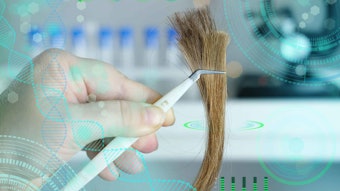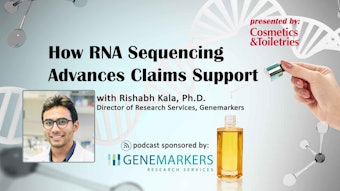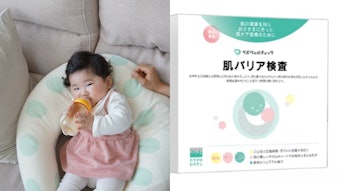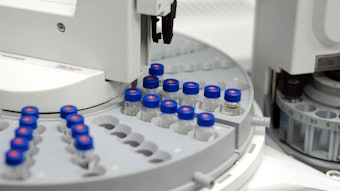Four test method evaluation reports are now available from the Interagency Coordinating Committee on the Validation of Alternative Methods (ICCVAM) that provide recommendations for performing eye safety testing more humanely and for developing and using non-animal test methods and strategies. Among these reports, ICVAAM has recommended that a cytosensor microphysiometer (CM) test method may be used to screen surfactant-containing formulations such as personal care products for the ability to cause permanent or severe eye injuries.
According to ICCVAM, each year, approximately two million eye injuries occur in the United States, of which more than 40,000 result in permanent visual impairment. Data on consumer product-related eye injuries in children indicate that over 15% of such injuries are related to household cleaning chemicals and other chemical products.
In its first report, ICCVAM recommends that pain management procedures should always be used when it is determined to be necessary to conduct the rabbit eye test for regulatory safety assessments. The report includes a test method protocol that describes how to use topical anesthetics (similar to those used in human eye surgeries) and systemic analgesics prior to and after test substance administration in order to avoid or minimize animal pain and distress. The report also identifies specific clinical signs and lesions that, if observed during animal testing, can be used as humane endpoints to allow the investigator to end a study early in order to reduce or eliminate animal pain and distress.
In the second report, ICCVAM recommends that the CM test method can be used as a screening test to identify some types of water-soluble substances that may cause permanent or severe eye injuries. Substances that are appropriate for testing using the CM test method and yield positive results can be classified as having the potential to cause severe or permanent eye injuries without additional testing using animals. However, a substance that tests negative with the CM test method would need to be tested using another test method capable of identifying possible in vitro false negatives and distinguishing between different hazard classifications of substances that can cause reversible eye injuries.
The CM test method can also be used, for a few types of substances (water-soluble surfactants and surfactant-containing formulations such as some cosmetics and personal care products), to determine that chemicals and products do not cause eye injuries that are severe enough to require eye hazard labeling. If accepted by federal agencies, the CM test method will be the first in vitro test method available in the United States for this purpose. ICCVAM evaluated four other in vitro test methods for their validity for identifying substances with the potential to cause nonsevere and reversible ocular injuries and substances that do not require ocular hazard labeling, but concluded that the performance of these methods must be improved before they can be used in regulatory safety testing to classify such substances.
In the third report, ICCVAM presents recommendations on use of an in vitro ocular safety testing strategy proposed for characterizing eye injury hazards for products used as antimicrobials regulated by the US Environmental Protection (EPA). While some of the methods appear promising, ICCVAM concluded that there are currently insufficient data with which to adequately demonstrate that the proposed strategy can accurately classify test substances to the appropriate EPA ocular hazard category, and recommended that further studies are needed.
In the fourth report, ICCVAM recommends that a proposed low volume rabbit eye test (LVET) should not be used for future regulatory testing due to poor predictivity when compared to the current standard rabbit eye test. However, ICCVAM concluded that data from past studies that used the LVET could be considered in a weight-of-evidence approach to classify ocular hazards.
ICCVAM carried out the technical evaluation of the proposed methods and strategies in conjunction with the National Toxicology Program Interagency Center for the Evaluation of Alternative Toxicological Methods (NICEATM). The ICCVAM test method evaluation reports include the ICCVAM recommendations, ICCVAM-recommended protocols, final background review documents, independent peer review panel report, and the data used for the ICCVAM evaluations.
The reports and recommendations have been transmitted to Federal agencies for their review and response to ICCVAM in accordance with the provisions of the ICCVAM Authorization Act of 2000, which requires agencies to review the recommendations and respond to ICCVAM within 180 days.










